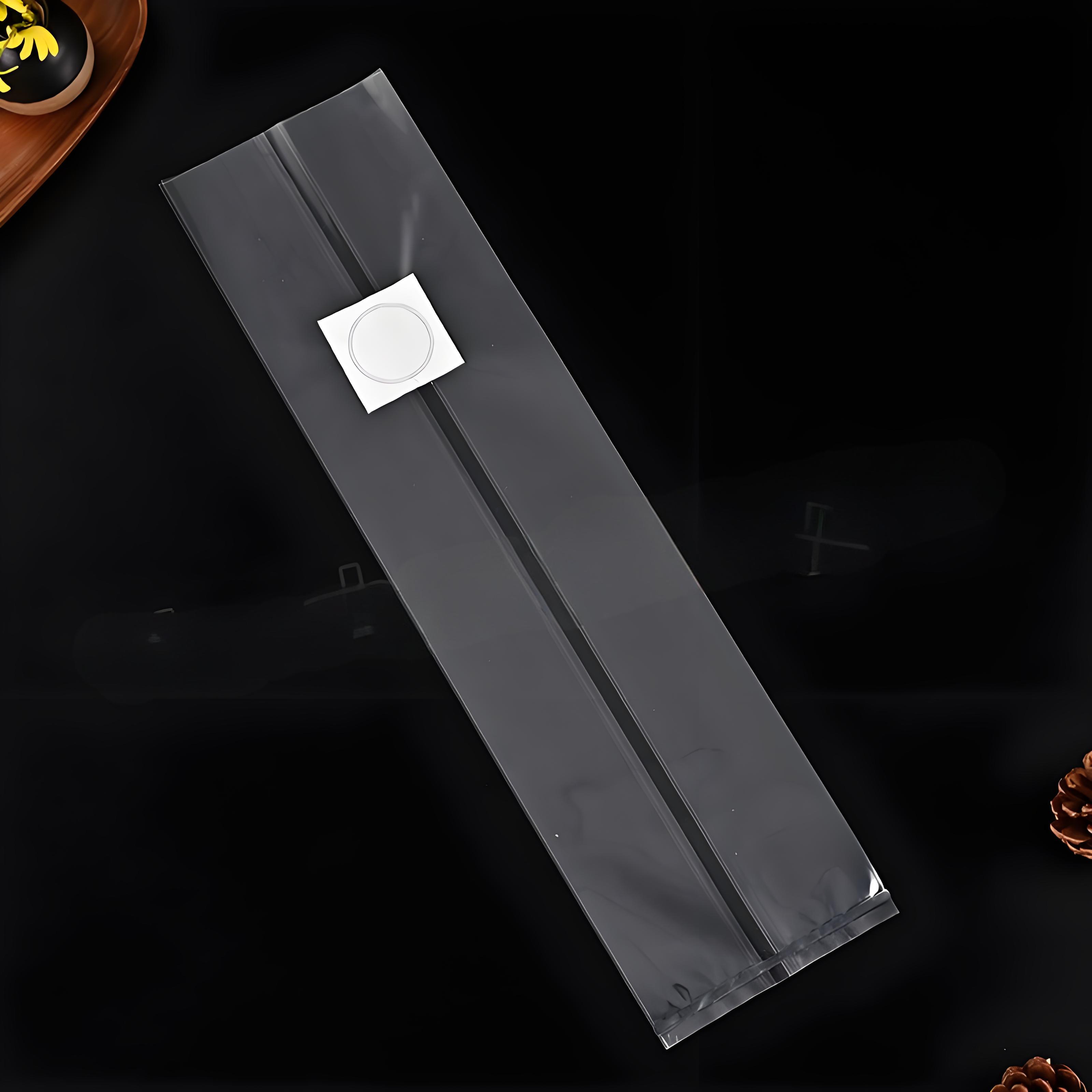
1. Bagging Production Specifications
Place a 17cm x 33cm x 0.004cm polypropylene bag with one end sealed on the discharge
barrel of the punch bagging machine. Once the compost is pressed into the bag, remove
the bag, add the compost, and secure the lid with a double collar. The bag must be intact,
the compost weight must meet the standard, and the bag must be of moderate hardness.
Details are as follows.
ŌæĀ Master the operation and management of the machine in this position and strictly follow
safety procedures to prevent safety accidents.
ŌæĪ The collar on the bag should be 4-5cm above the surface of the compost, not too high or
too low. Each bag weighs approximately 1000g of wet compost, and the bag should be filled
15-16cm high. The bag opening must be tightly closed. Ensure the compost surface is flat,
the inner bag walls are clean, and the inoculation holes are intact. Bags with defects such as
damage, deformation, insufficient filling, or clogged inoculation holes must not be passed to
the next process. Filling a single pot should not exceed 4 hours. Ōæó Ensure continuous bagging
throughout the entire process, strictly checking bag height and weight. Arrange baskets neatly.
Any broken bags or improperly placed lids should be promptly removed and removed to prevent
them from entering the next process. Report and address any problems promptly.
ŌæŻ Clean the work area after bagging each day. All areas contaminated by operations during this
phase should be cleared of any contaminated debris. Use an air compressor to blow away any
residual material residue from the mixer, conveyor belt, dispenser, and bagging machine. Do not
allow it to remain in the machine, where it may become a breeding ground for bacteria.
Ōæż Unused compost should be spread out and aired as much as possible. Avoid stacking or
leaving it in the mixer. If it becomes sour or moldy during the next use, it should not be used.








